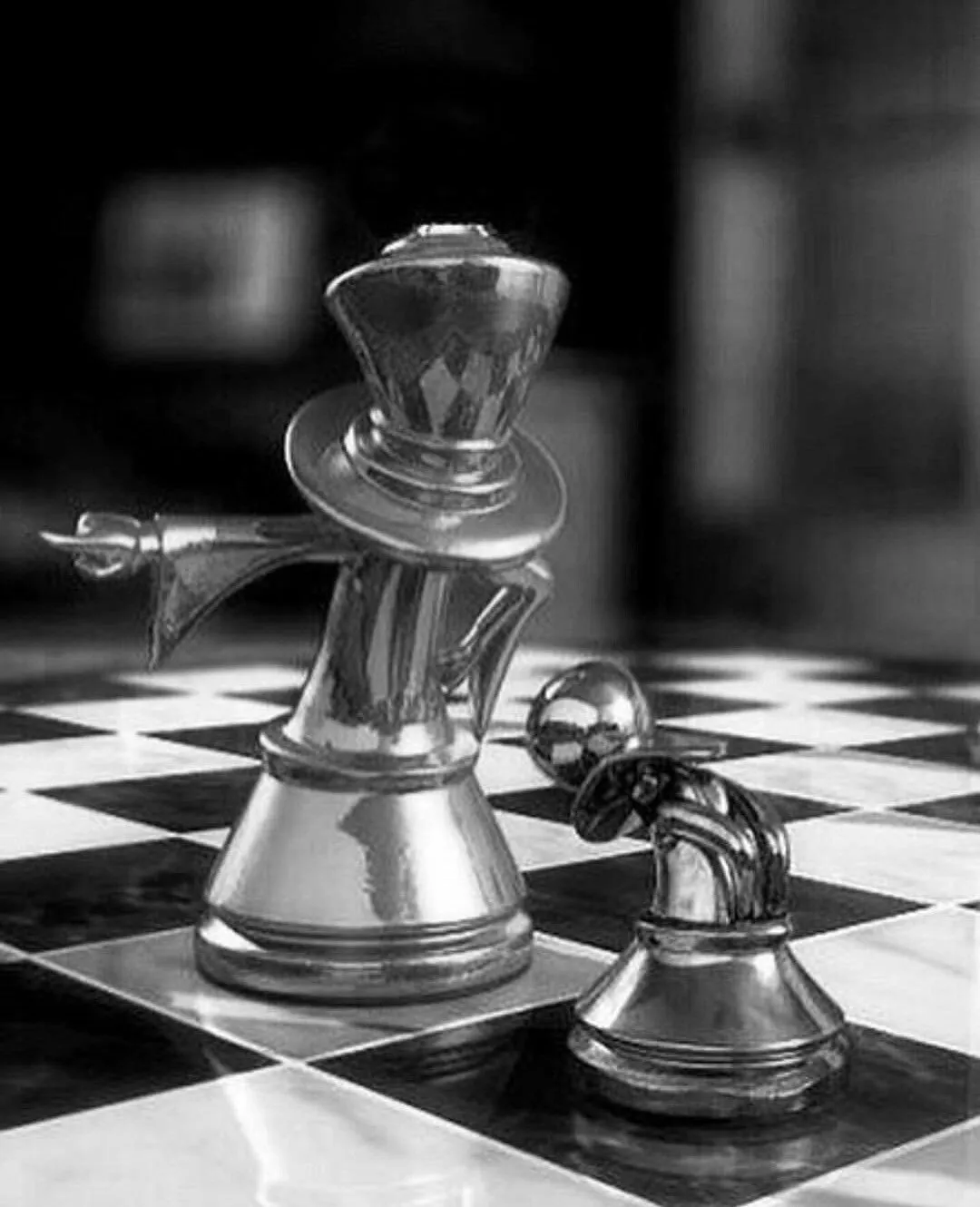
The pawn appears, at first glance, to be the weakest and least important member of the chess army. However, looks can be deceiving, and the humble pawn can be very important, as we will discover in later tutorials. Each player starts the game with eight pawns.
Except on its first move, the pawn is only allowed to move one square forwards, and never backwards. On its very first move, a pawn has the choice of moving one or two squares, although both squares must be unoccupied to do this.
Knights are often the trickiest pieces for beginners to master. Instead of moving in straight lines like the other pieces, the knight has a unique L-shaped move. The knight also has the ability to jump over other pieces in its path.
While all the other pieces can find their route blocked by friendly and enemy units, the knight suffers no such obstruction. Because of this jumping ability, the knight is often the first piece into the action, and even experienced players can be bamboozled by its hopping manoeuvers! Each player starts the game with two knights


The Bishop is a long range piece that can be very powerful, but it has a significant weakness - it can only ever move on squares of one colour. Each player starts the game with two bishops - one that moves on light squares, and one that moves on dark squares - so between them, the two bishops can cover all the squares on the board.

